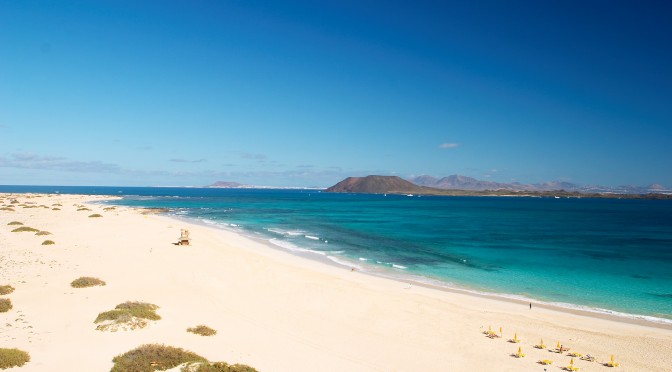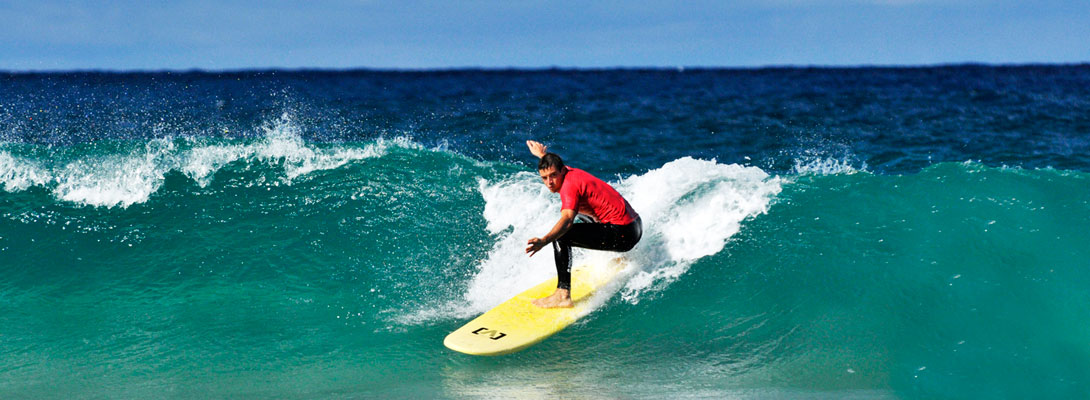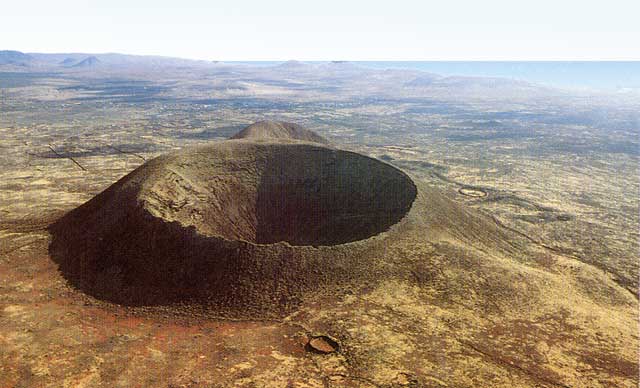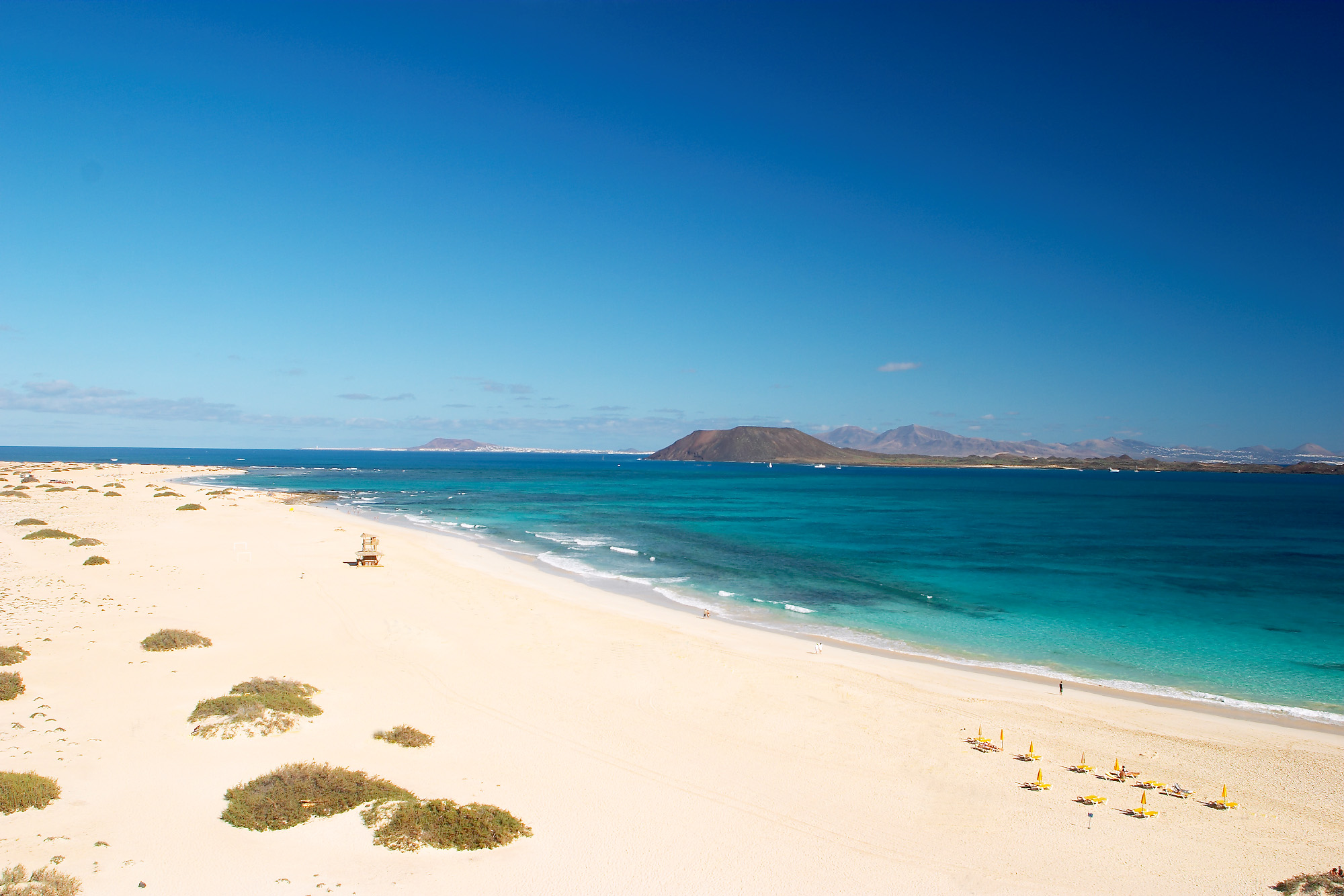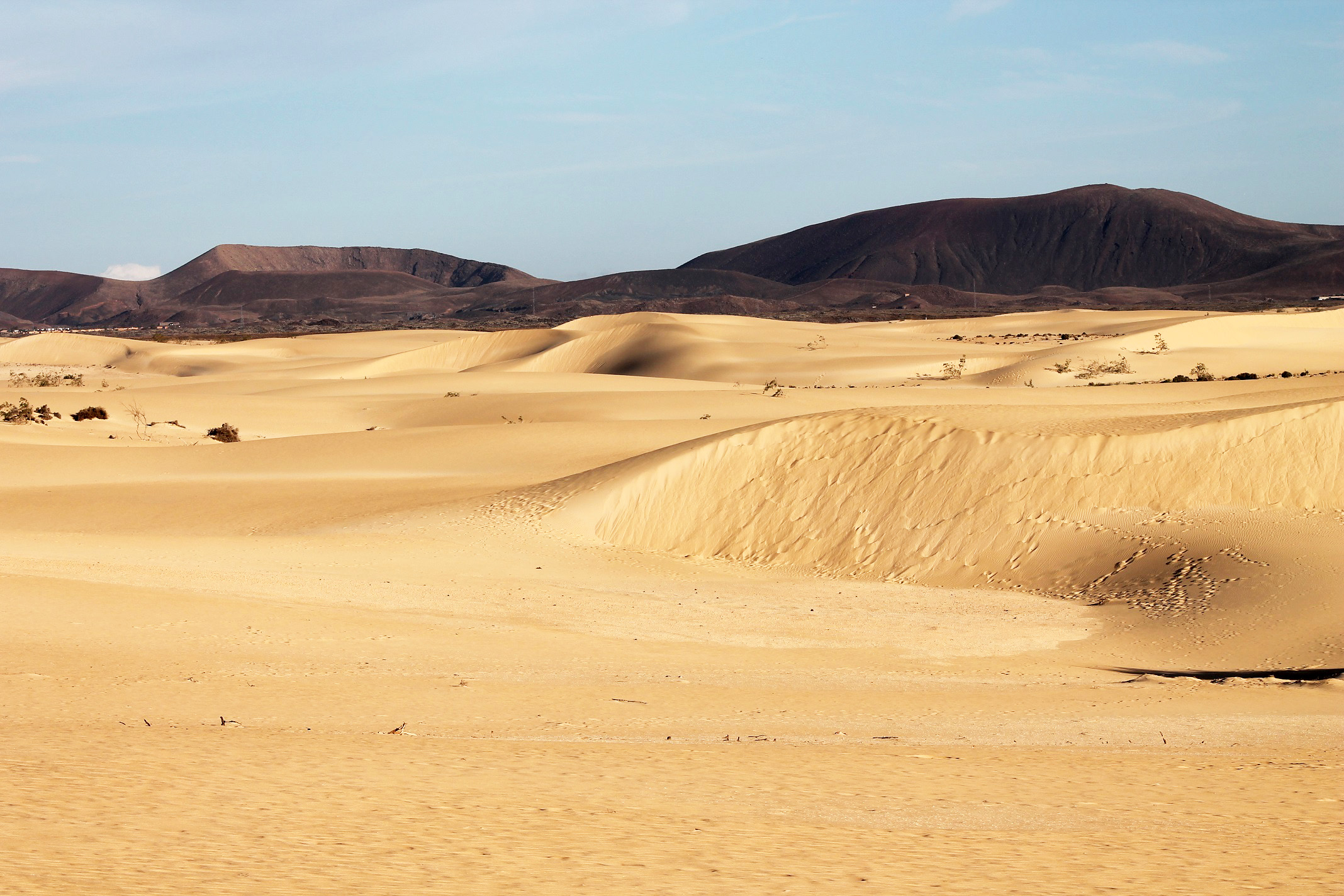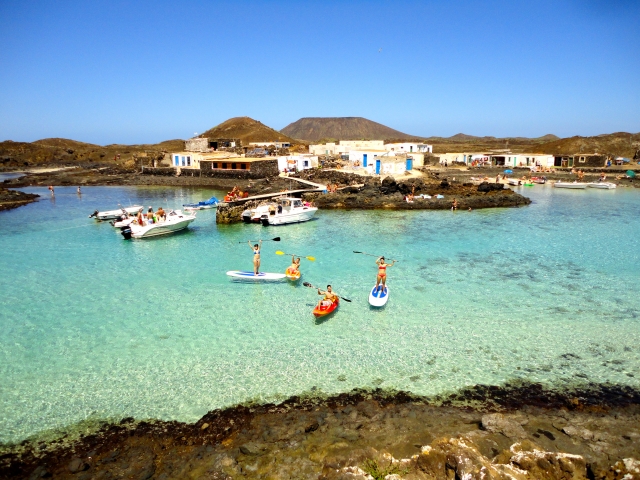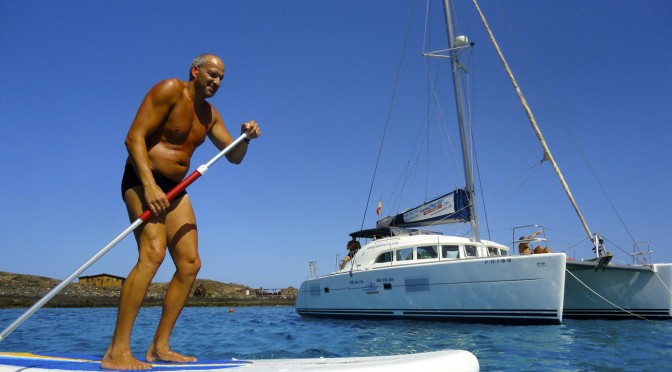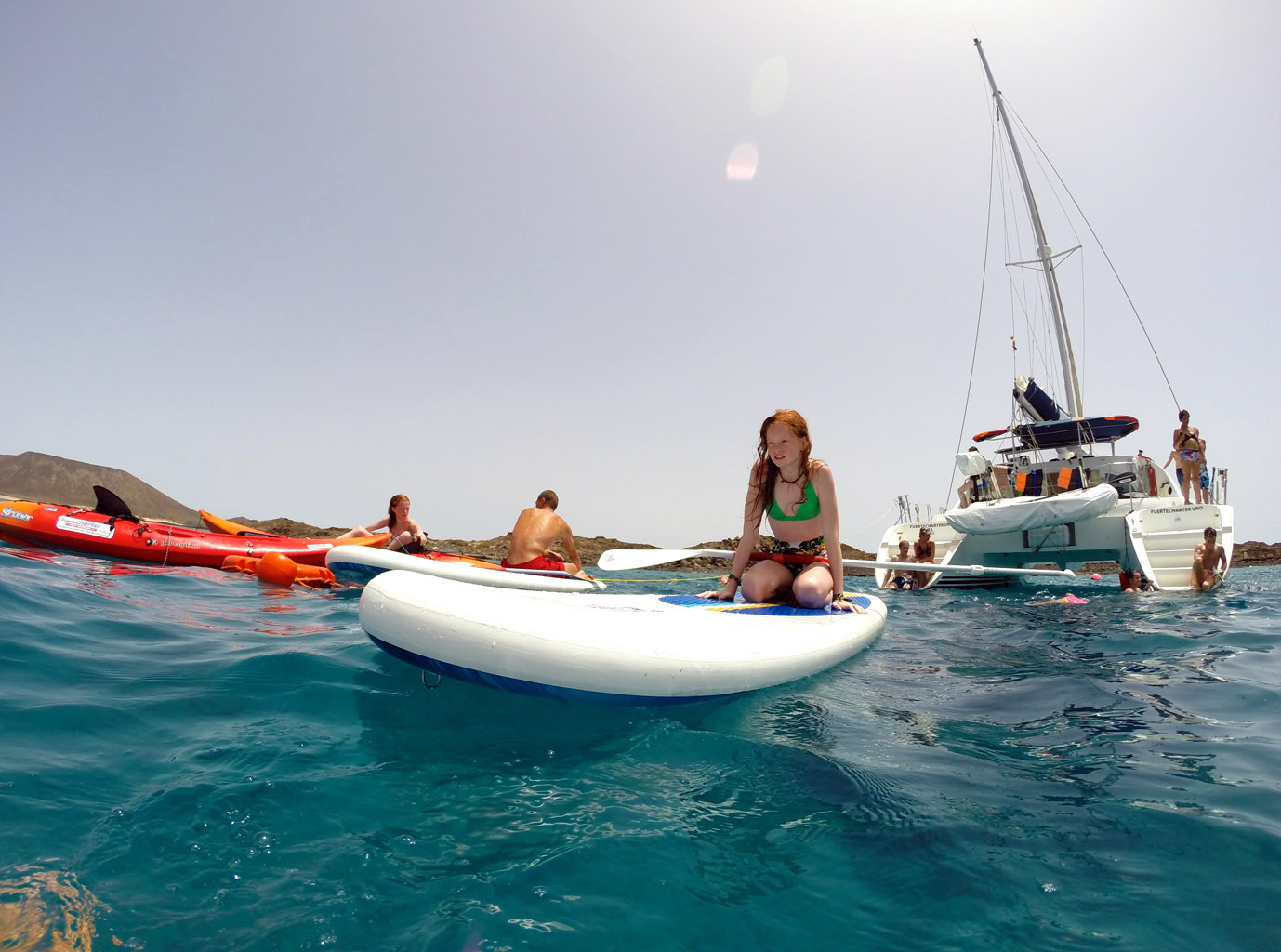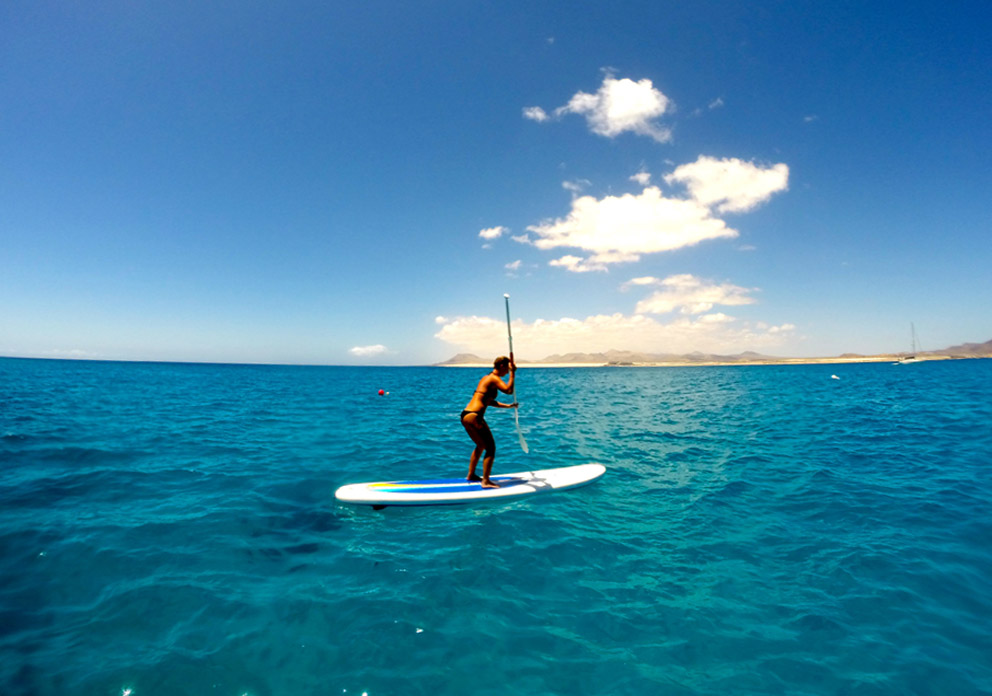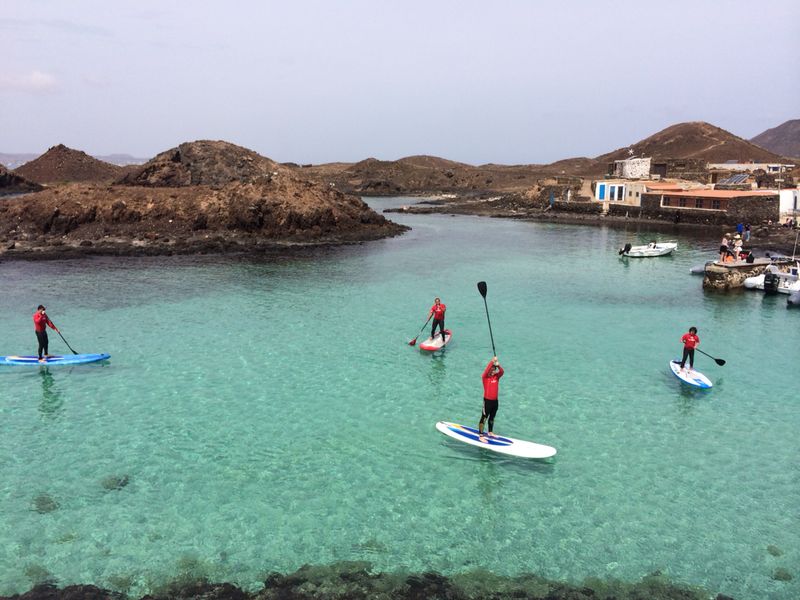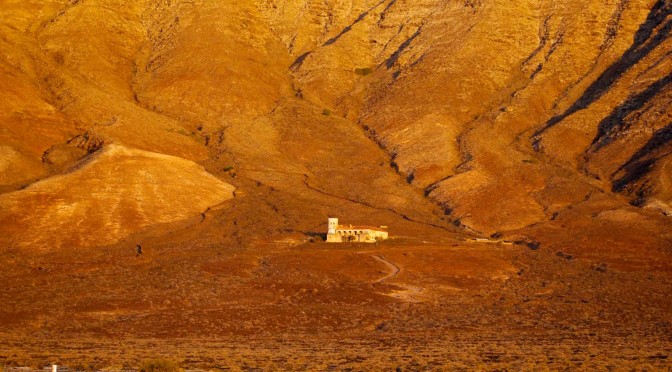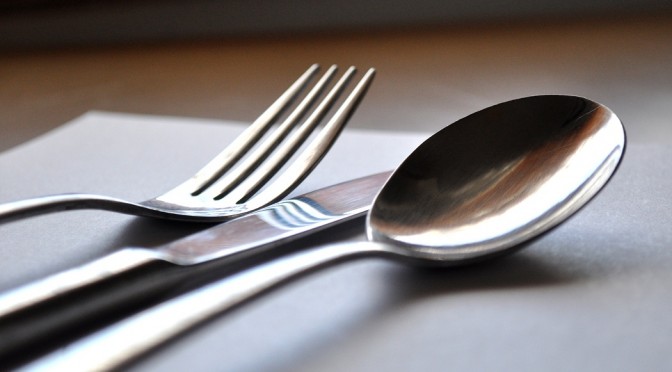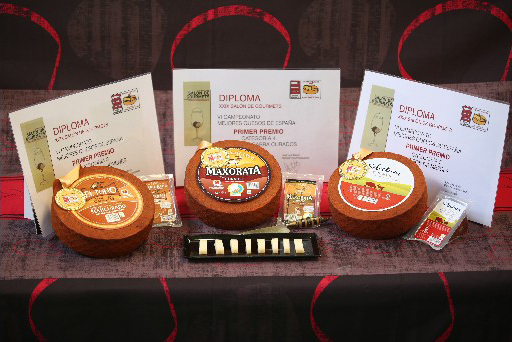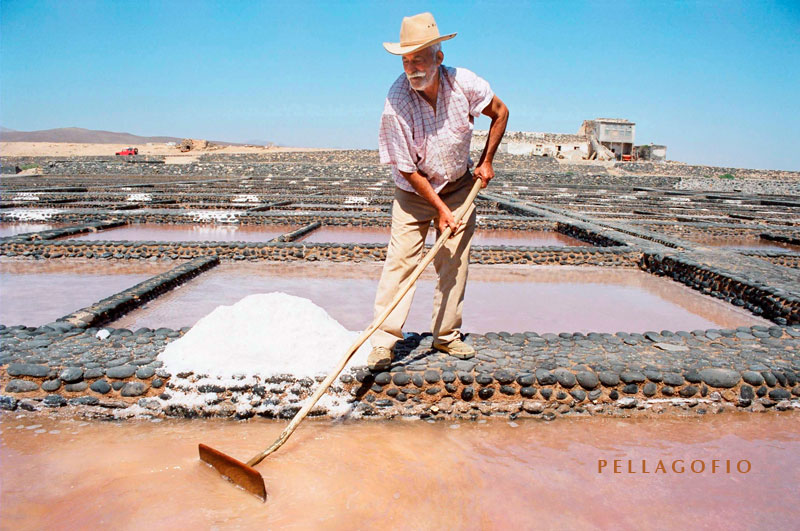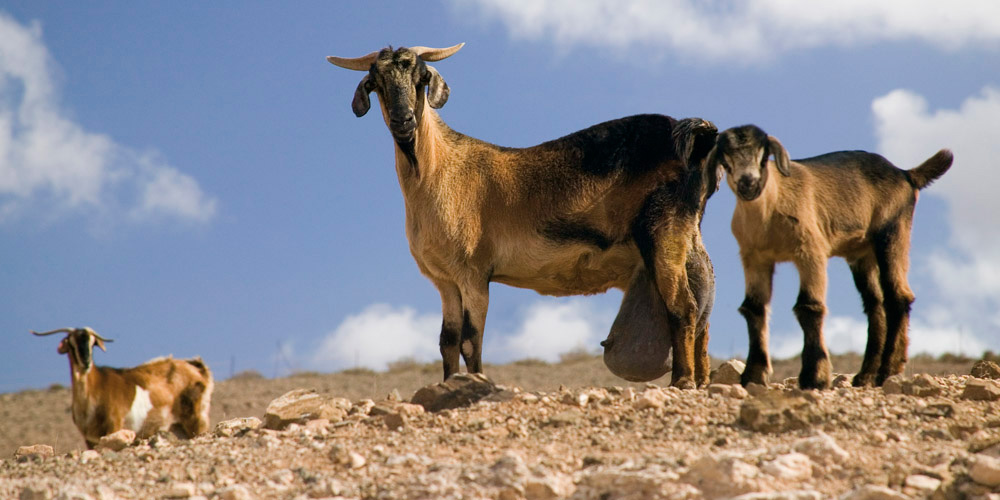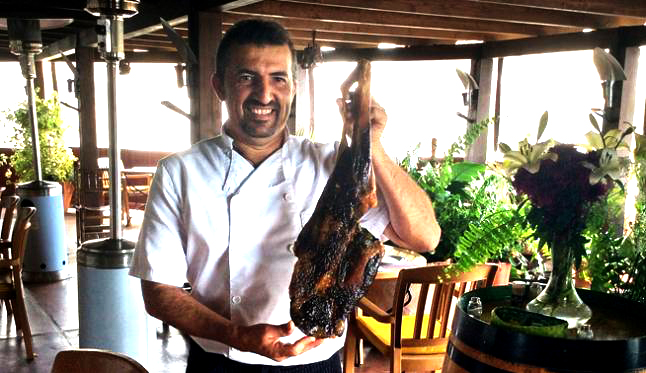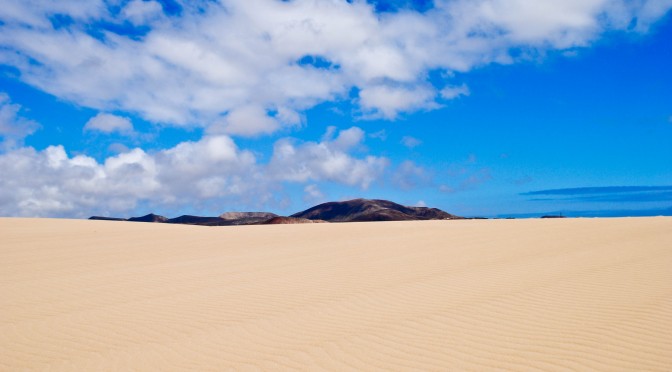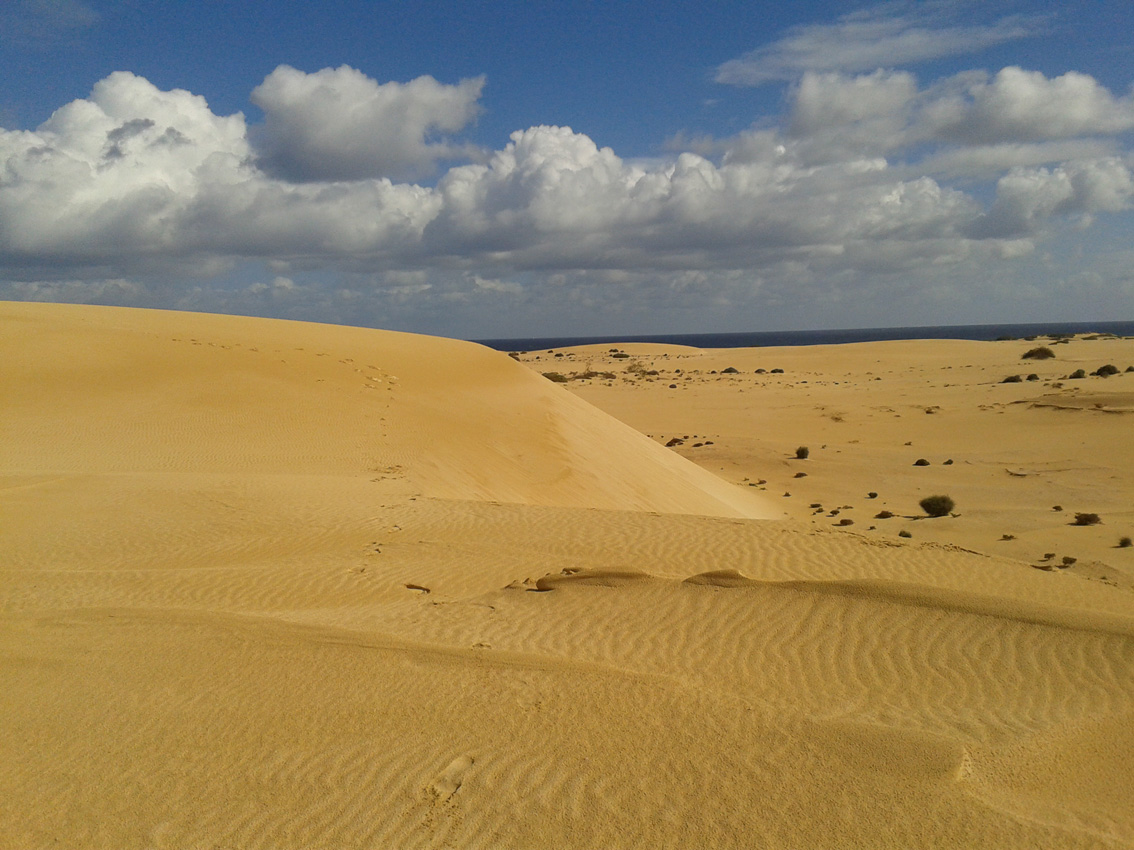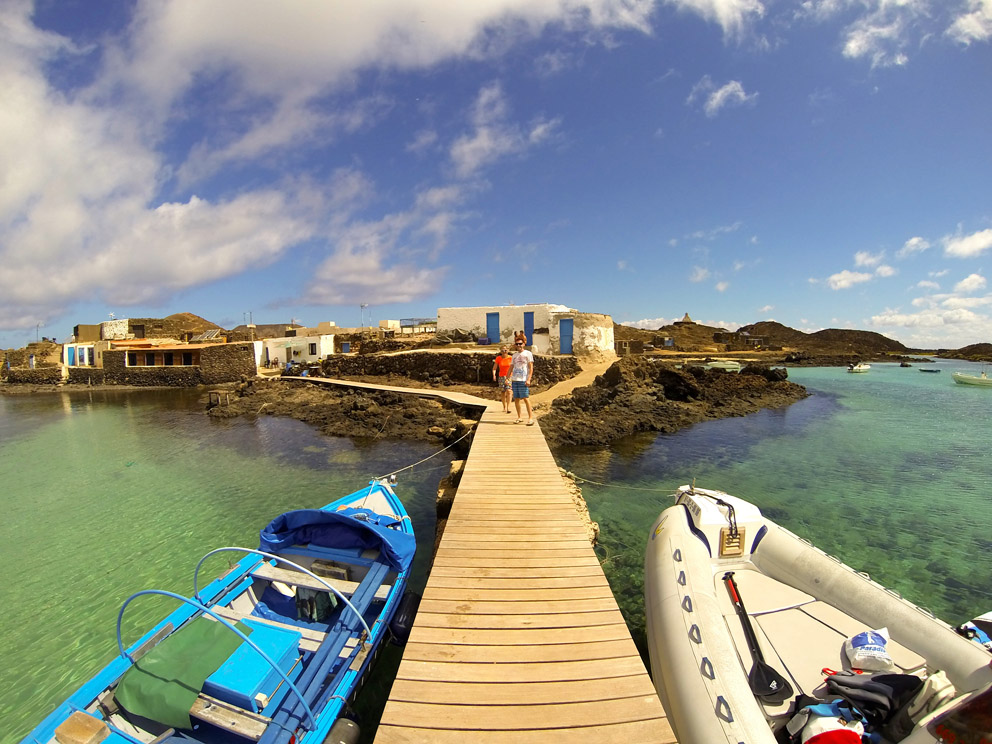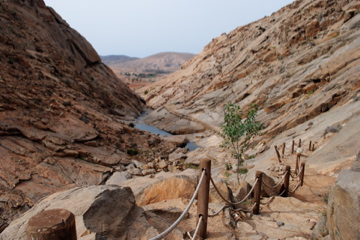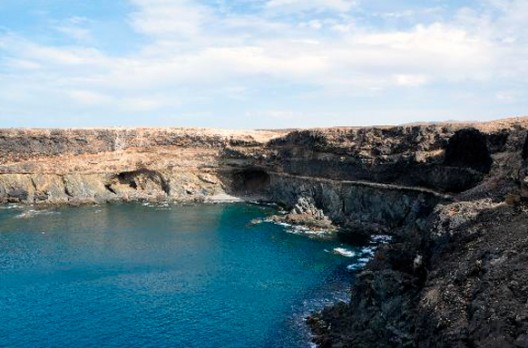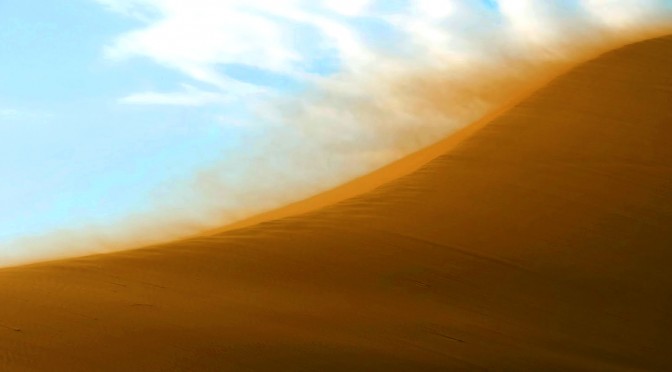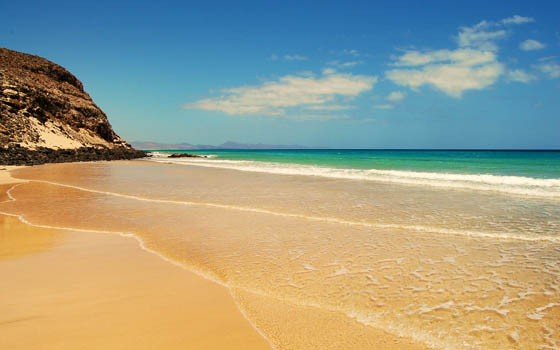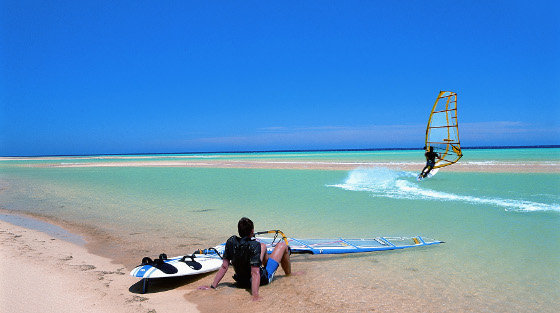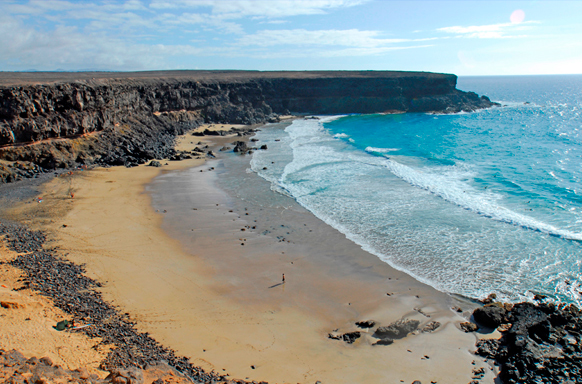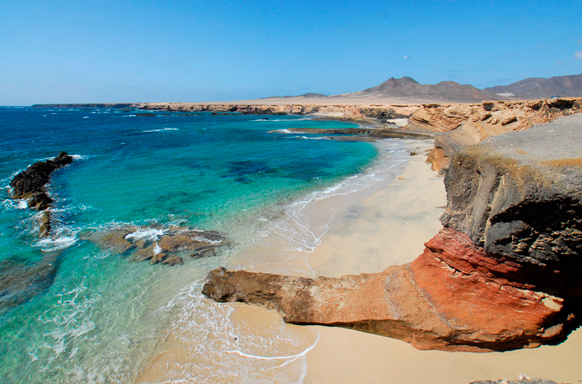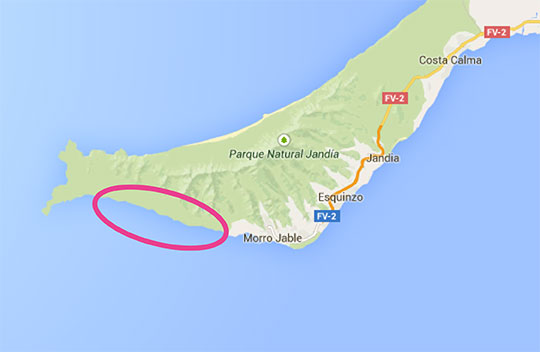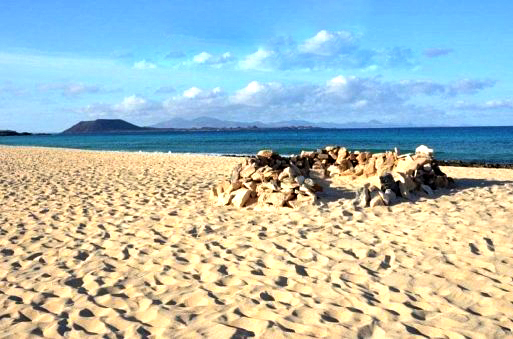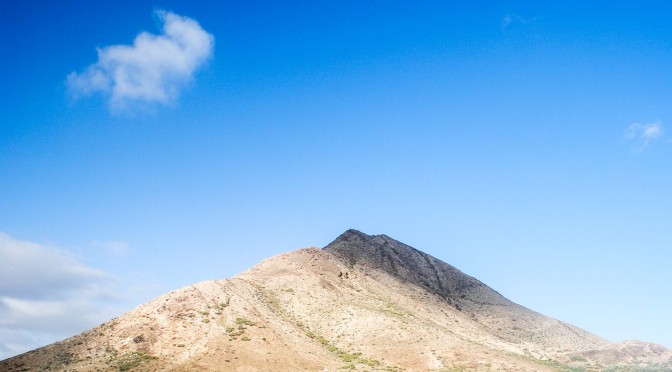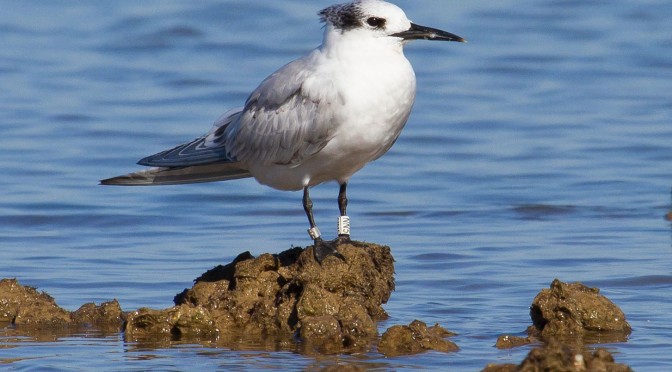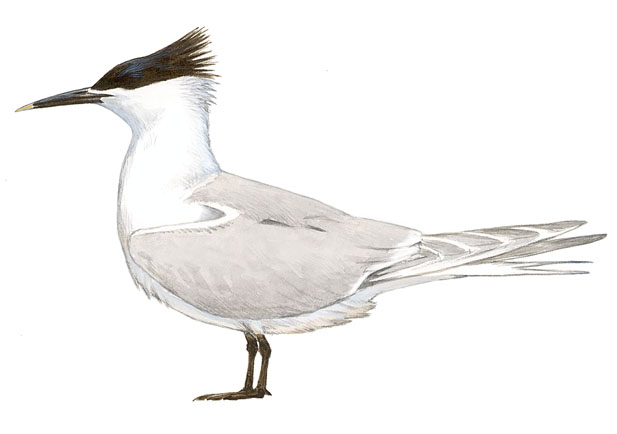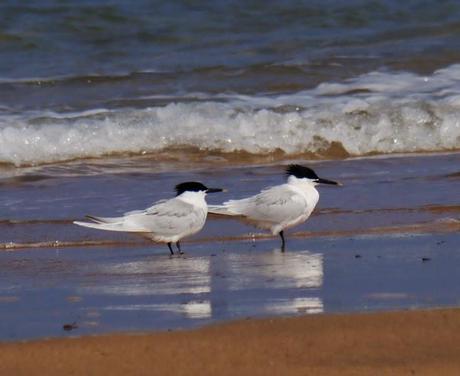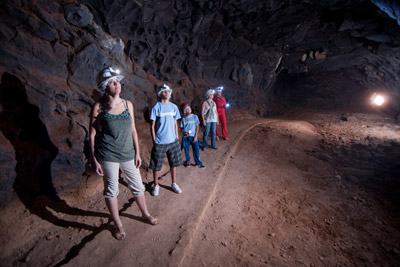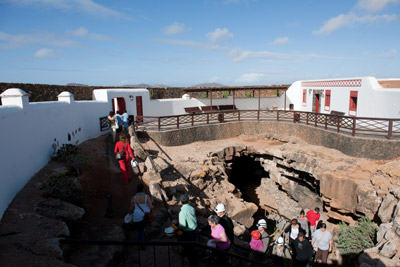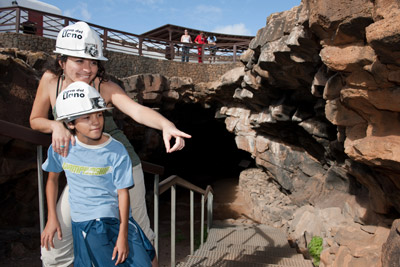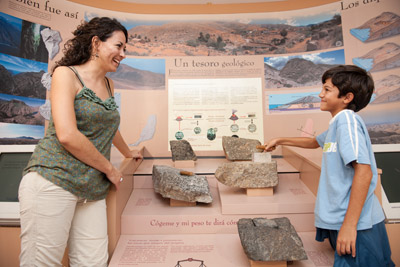All peoples have their legends, stories surrounded by mystery and magic; the archipelago of the Canary Islands, so special, has its own legends, including that of the “island that appears and disappears,” the legend of St. Borondón, “the other Island “. It would be located west of El Hierro; that’s why we, in our trips to Lobos Island from Corralejo, have never seen it; yet, we’ll tell you the legend. Difficult to build accurately due to the number of stories that have survived to date, we’ll approach the most common version of the mysterious island.
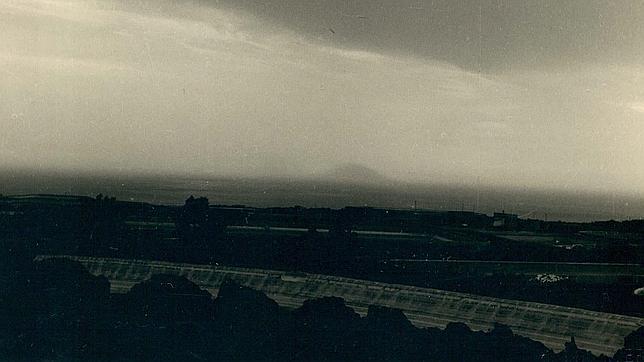
If you have spent some time in the Canary Islands you’ll have heard of the “eighth island” on some occasion, the island that appears and disappears in a sea of clouds and even, in the past, its coordinates were given, at the western end of the Canary Islands near El Hierro, and it could be observed from the highest spot inTenerife, El Teide. It was drawn on several maps of the time that give us its location, in fact there are several versions but all of them place it near El Hierro. Even in official investigations in the eighteenth century by the authorities of the island of Hierro, dozens of witnesses claimed to have seen the phantom island from the summits of El Hierro. As a result an expedition departed from Santa Cruz de Tenerife in search of this island. So yes, they were many the Canary Islands’, Portuguese and Spanish sailors who ventured to the search of this phantom island, the covert, lost or not found island.

The origin of St. Borondón’s legend
The island was named after the Irish monk St. Brendan of Clonfert, who in 516 starts a sea voyage with the aim of bringing its faith to all corners of the world. So, together with other monks, he embarked on a small ship to cross the Atlantic Ocean in search of The Earthly Paradise. Several legends say that he and his crew faced incredible dangers, storms, sea monsters never seen. Amid this complicated voyage, across an unknown ocean considered as dark, they spotted an island where they decided to search for food and step ashore to rest.
According to those stories it seems that while celebrating mass they began to notice that the ground was shaking. Gripped by fear, they ran back to the boat and sailed away from that misterious island they considered as a huge whale or a great sea monster that started moving and disappeared. No one else has ever stepped back on that island although there are many who claimed to have seen it in the distance.
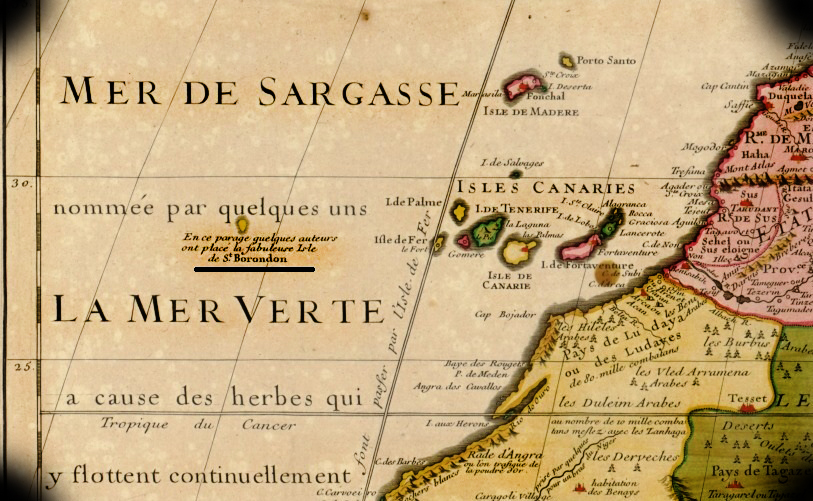
From the XVI C. this phantom island has been the protagonist of romances, stories, poetry and songs that have fed the legend and made it reach our days well alive. Even the historian Abreu Galindo ventured to give its coordinates: northwest of the island of El Hierro (10º 10 “length and 29º and 30′ latitude).
The mysterious island of San Borondon’s is one of the most living and rooted legends in the Canary Islands, especially on El Hierro due to the proximity of its possible existence. We, who every day sail the waters of Fuerteventura in our trips from Corralejo to Lobos Island, still haven’t seen it, possibly because we are on the other side of that island and it’s many the kilometers that keep us apart. Still, as intrepid sailors, we never forget that the “other island” may come and go at any time, a day like today.
FuerteCharter Team

